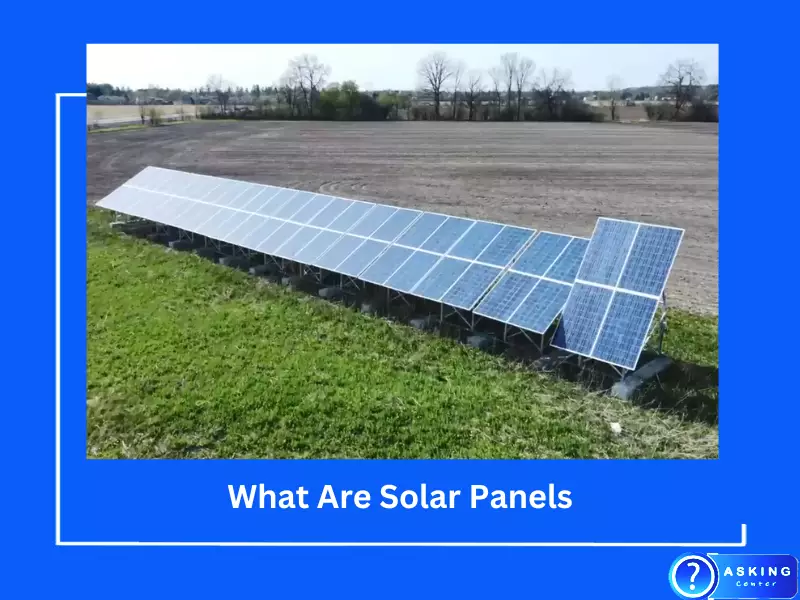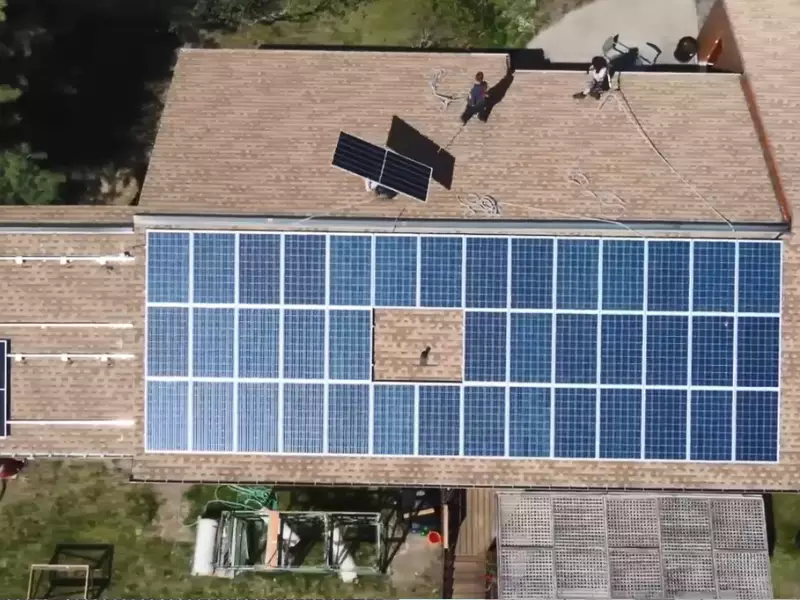Solar energy, an abundant and renewable source of power, is gaining traction worldwide as a pivotal solution to energy needs. The sun, in its lifetime, emits an incomprehensible amount of energy, far more than the entire global population could use. Harnessing this energy is a primary focus in the shift toward sustainable and clean energy sources.
Solar panels, the technological marvels that capture and convert sunlight into electricity, play a central role in this energy transition. They’re devices designed to absorb the sun’s rays and convert them into electricity or heat. The process, although complex, is a remarkable way of generating clean, renewable energy for various applications.
Dive into the world of solar panels with us and discover the magic behind these glowing surfaces. Learn about their intricate manufacturing process, their workings, and the multitude of applications they have in our world. This journey promises to enlighten you about one of the most significant innovations of our time and perhaps inspire you to contribute to a more sustainable future.
Understanding Solar Energy
Definition of Solar Energy
Solar energy refers to the energy obtained from the sun’s light and heat. This form of energy is harnessed using various technologies, including solar heating, photovoltaics, solar thermal energy, and artificial photosynthesis.

The Importance of Solar Energy
Solar energy is crucial for several reasons. It’s a renewable, abundant source of energy, meaning it won’t run out like fossil fuels. It also produces no pollutants, making it a clean energy option that helps combat climate change.
What Are Solar Panels?
Definition of Solar Panels
Solar panels are devices composed of solar cells that convert sunlight into electricity. They are also known as photovoltaic panels because they utilize the photovoltaic effect to generate power.
The Purpose of Solar Panels
The primary purpose of solar panels is to harness solar energy and convert it into usable electricity. This electricity can be used in a variety of applications, from powering homes and businesses to fueling spacecraft.
Uses of Solar Panels
Solar panels have a wide array of applications in various sectors.
Residential Use
In homes, solar panels can be installed on rooftops to generate electricity for appliances, lighting, and heating. This can significantly reduce electricity bills and contribute to a more sustainable lifestyle.
Commercial Use
Businesses and offices can also benefit from solar energy. Large solar arrays can be set up to power these establishments, reducing their reliance on grid electricity.
Industrial Use
In the industrial sector, solar energy can be used for various applications, including powering machinery and providing electricity for industrial buildings.
Other Unique Applications
Other applications include space exploration, where solar panels power spacecraft, and in remote areas, where they provide electricity where it is otherwise unavailable.

How Solar Panels Are Made
Solar panels are made in a multi-step process involving various materials and technologies.
Selection and Mining of Raw Materials
The primary raw material for solar panels is silicon, which is derived from sand. The sand is heated to high temperatures to extract the silicon.
Manufacturing Process of Silicon Cells
The silicon is then further processed to create a semiconductor material. This involves multiple stages of heating, cooling, and treating the silicon.
Assembly of Solar Panels
The silicon cells are assembled into a panel with a metal frame and covered with a glass casing. The number of cells in a panel can vary depending on the desired output of the panel.
Quality Assurance and Testing
Before being shipped out, the panels undergo rigorous testing to ensure they are working correctly and can withstand various weather conditions.
How Solar Panels Work
Solar panels work through a process known as the photovoltaic effect.
The Role of Photovoltaic Cells
Photovoltaic cells absorb sunlight, exciting the electrons in the silicon cells. These excited electrons move, creating an electric current.
Conversion of Sunlight into Electricity
The electric current is then converted into usable AC electricity through an inverter.
The Role of Inverters in Solar Systems
Inverters play a crucial role in solar systems. They convert the DC electricity produced by the solar panels into AC electricity, which is used in homes and businesses.
Storage and Distribution of Solar Energy
The electricity produced can be stored in batteries for later use or fed back into the grid.
Types of Solar Panels
There are three main types of solar panels: monocrystalline, polycrystalline, and thin-film.
Monocrystalline Solar Panels
Monocrystalline panels are made from a single crystal structure, allowing electrons to flow more easily, resulting in a higher efficiency panel.
Polycrystalline Solar Panels
Polycrystalline panels are made from multiple crystal structures, making them less efficient but more affordable.
Thin-Film Solar Panels
Thin-film panels are made by depositing a thin layer of photovoltaic material onto a substrate. They are less efficient but can be flexible and lightweight.
Benefits of Solar Panels
Solar panels offer several benefits, including environmental impact, cost savings, and energy independence.
Environmental Impact
Solar panels produce clean, renewable energy, reducing carbon emissions and contributing to a more sustainable future.
Cost Savings and Financial Benefits
Solar panels can significantly reduce electricity bills, and in some areas, you may even receive credit for the excess energy you feed back into the grid.
Energy Independence
By generating your own electricity, you become less reliant on the grid, gaining energy independence.
Challenges and Limitations of Solar Panels
Despite the many benefits, there are also challenges and limitations to consider.
Intermittency Issues
Solar panels can only produce electricity during daylight hours and less so during cloudy or rainy days.
Space Requirements
Solar panels require a significant amount of space for installation, which may not be available in densely populated areas.
Initial Costs and Payback Time
The initial cost of installing a solar system can be high, and it may take several years to see a return on investment.
The Future of Solar Panels
The future of solar panels is promising, with technological advances, market trends, and policy and regulatory landscape continually evolving.
Technological Advances and Research
Research and development are leading to more efficient and affordable solar panels.
Market Trends
The solar energy market is expected to grow significantly in the coming years, driven by the increasing demand for clean energy.
Policy and Regulatory Landscape
Government policies and regulations play a crucial role in the adoption of solar energy. Many countries are implementing policies to encourage the use of solar energy.
Frequently Asked Questions
What is the lifespan of a solar panel?
A solar panel typically lasts between 25 to 30 years. However, this doesn’t mean that it stops producing electricity after this period – it just means that energy production has declined by what manufacturers consider significant.
Can solar panels work on cloudy days?
Yes, solar panels can still work on cloudy days. However, the output of the solar panels may be lower compared to a sunny day.
Are solar panels harmful to the environment?
While the production of solar panels does have an environmental impact, the overall impact is significantly lower than that of conventional energy sources. Solar panels produce clean, renewable energy throughout their lifetime, significantly offsetting any emissions related to their production
Conclusion
Solar panels, with their ability to harness the sun’s energy and convert it into electricity, stand at the forefront of renewable energy technology. They represent a significant step towards achieving environmental sustainability, energy independence, and financial savings.
While there are challenges to overcome, including intermittency issues, space requirements, and initial costs, the future of solar panels looks promising with ongoing technological advancements and supportive government policies.
